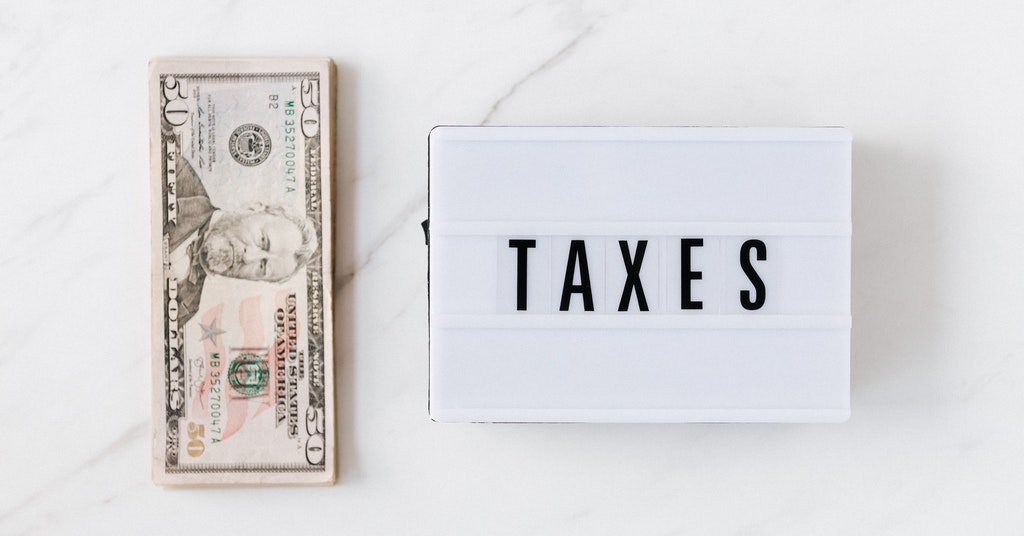
Chloe Marchbank
Freelance writer
One thing most countries all have in common is that their residents are required to pay some form of tax. How much they pay – and what for – tends to differ, however, and each country’s tax system is very different from the next.
We might speak the same language as the UK – but that’s not necessarily the case when it comes to the language of money. So with this in mind, let’s take a look at how the US tax system stacks up against the UK’s.

How does the US tax system stack up against the UK? Source: pexels.com
Income tax
Income tax is the largest source of revenue for the US federal government. These taxes are usually automatically deducted from an employee’s salary when an employer submits a W-2 form (self-employed people pay this tax via a 1099 form). Nearly all working Americans are required to file tax returns each year.
When it comes to income tax, the US has what’s called “marginal tax rates”. This means these tax rates don’t apply to the total income, but rather an income within a specific bracket. Tax brackets have different sections depending on whether you are filing your taxes as single, married, or the head of a household.
In the UK, there are also tax bands – and the first £12,500 of anyone’s earnings are classed as a tax-free ‘personal allowance’.
In the US, the top rate of income tax is 35% and people only pay that when they earn more than $398,100 annually. The UK’s income tax rate is 40% if you earn more than £42,475 ($56,395) and 50% if annually you earn more than £150,000 ($199,097).
Sales taxes
US sales tax is what is collected by a business from the consumer – it’s the final step of the sales chain. Sales tax is governed at the state level and varies across all states. Some of the states with the highest rates include:
- Tennessee (9.47%)
- Louisiana (9.45%)
- Arkansas (9.43%)
- Washington (9.17%)
- Alabama (9.14%).
The UK uses VAT – or Value Added Tax. This is set by the government and is already factored into the price of a product on the shelf in a store. The current rate is 20%.
Social security
Social security falls under payroll taxes and is a tax that funds the Social Security program which pays for the retirement, disability, and survivorship benefits. In 2021, the rate for the Social Security tax is 12.4% on a maximum wage of $142,800. Of that, 6.2% is expected to be paid by the employer and the other half by the employee. You can start to collect Social Security from 62 years of age.
The UK has National Insurance which is automatically deducted from a salary. It’s mandatory to pay National Insurance if you’re 16 or over and are either:
- An employee earning above £183 a week
- Self-employed and making a profit of £6,475 or more a year
And it helps fund:
- Basic State Pension
- Additional State Pension
- New State Pension
- Contribution-based Jobseeker’s Allowance
- Contribution-based Employment and Support Allowance
- Maternity Allowance
- Bereavement Support Payment.
In short, whether it’s how it’s paid, how much is paid, and how the payments are spent – the two tax systems for the US and UK vary greatly.
SEE ALSO:









